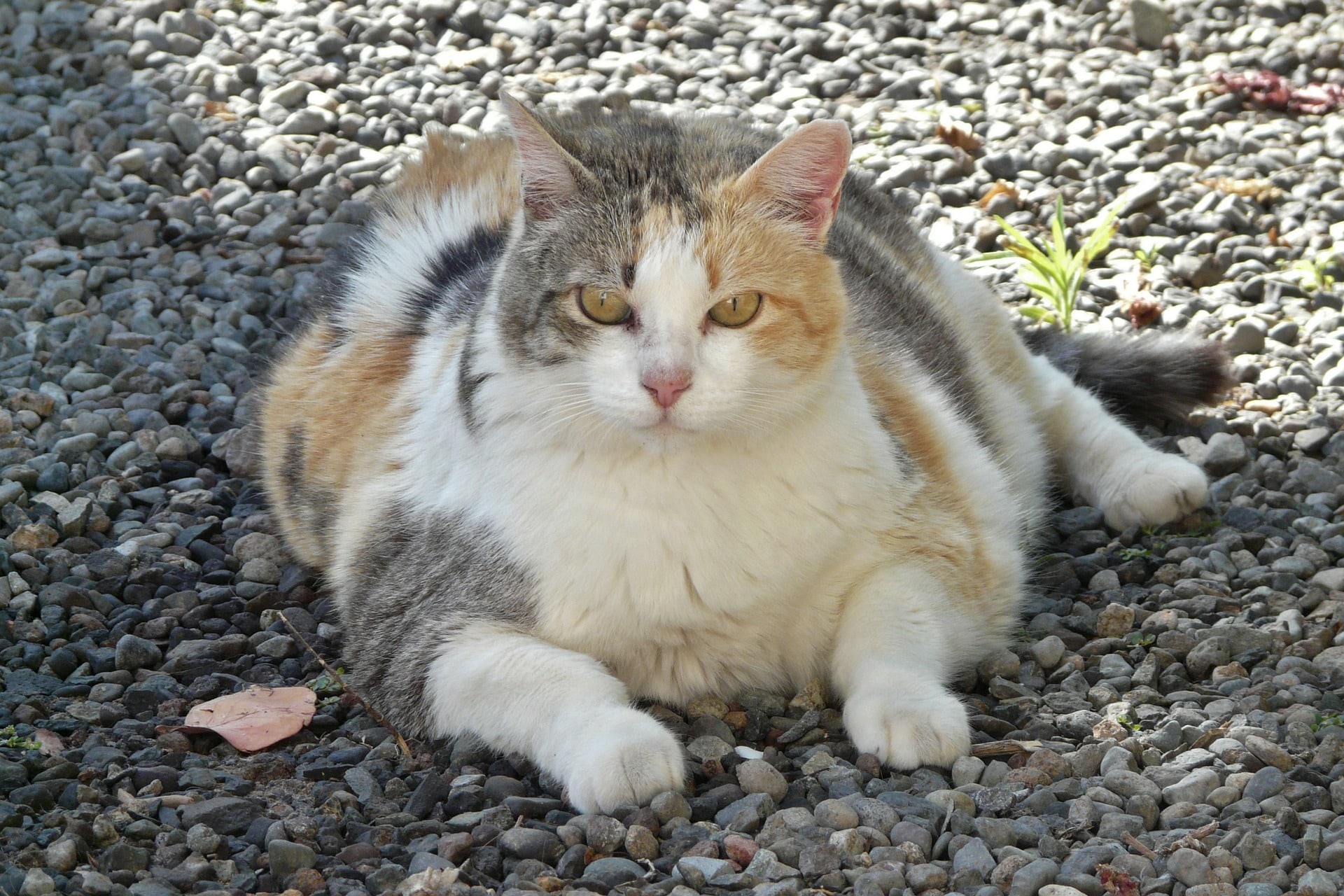Introduction
Cats are beloved members of many households, and providing them with proper nutrition is an important part of being a responsible pet owner. However, it can be difficult to know when to stop feeding your cat, especially since cats have a tendency to beg for food even when they are not hungry. In this article, we will explore the signs that indicate when it is time to stop feeding your cat and how to ensure that your cat is getting the proper amount of food for its needs.
Understanding Your Cat’s Appetite
One of the most important things to understand when it comes to feeding your cat is its natural appetite. Cats are obligate carnivores, which means that they require a diet that is high in protein and low in carbohydrates. Some cats have a higher appetite than others and will eat more, while others may be less interested in food. It’s essential to know your cat’s eating habits and not to overfeed them.
Cats will naturally eat several small meals throughout the day, and they may not always finish their food at one sitting. They might also prefer to graze throughout the day rather than eating all their food in one big meal.
It’s essential to pay attention to how much your cat is eating, and how they’re behaving while eating. If your cat is eating normally, and there’s no signs of lethargy or decreased activity, you can assume that they are eating a healthy amount.
Recognizing Signs of Overfeeding
One of the most common signs of overfeeding in cats is weight gain. If your cat has a round belly and its ribs are not visible, it may be carrying too much weight. Overweight cats are at a higher risk of developing health problems such as diabetes and heart disease.
Other signs of overfeeding include vomiting, diarrhea, and constipation. These symptoms may indicate that your cat is eating more food than it can digest, and this can lead to nutritional imbalances and digestive problems.
If your cat is showing any of these symptoms, it’s important to reduce the amount of food that you’re feeding them, and to consult with your veterinarian to determine the cause of the problem and to develop a plan for addressing it.
Feeding the Right Amount
One of the keys to ensuring that your cat is getting the proper amount of food is to measure out the food that you’re giving them. Many pet food manufacturers provide guidelines for how much food to give a cat based on its weight, age, and activity level. It’s important to follow these guidelines and not to rely on “guesstimating” how much food to give your cat.
It’s also a good idea to feed your cat a high-quality, nutritionally complete diet that is appropriate for their life stage and any health conditions they may have. This will help to ensure that your cat is getting all the nutrients that it needs to stay healthy.
Another key to feeding your cat the right amount of food is to pay attention to their activity level. Cats that are more active will need more food than cats that are less active. If your cat is getting regular exercise and is active, it may be able to eat more food than a cat that is mostly sedentary.
Monitoring body condition
Monitoring the condition of your cat’s body is a good way to determine if you are feeding them the right amount of food. You should be able to feel the ribs with slight pressure, but not see them. The waist should be noticeable when viewed from above and the abdominal tuck should be visible when viewed from the side.
It’s essential to be aware of changes in your cat’s body condition and adjust their food intake accordingly. If you notice that your cat is losing weight, it may be necessary to increase the amount of food that you’re giving them. On the other hand, if you notice that your cat is gaining weight, it may be necessary to reduce the amount of food that you’re giving them.
It’s important to keep in mind that changes in body condition can also be caused by other factors such as illness or changes in activity level, so it’s important to consult with your veterinarian if you have any concerns about your cat’s weight.
Timing of feeding
The timing of feeding also plays a role in how much your cat eats. If you’re leaving food out all day, your cat may be more likely to overeat and become overweight. Instead, it’s a good idea to feed your cat at set times of the day and to remove any uneaten food after 15-20 minutes.
This will help to establish regular eating patterns for your cat and will make it easier to monitor how much your cat is eating. You can also use interactive feeders to make mealtime more stimulating for your cat and to help control the amount of food that they are eating.
Conclusion
Feeding your cat the right amount of food is crucial for its health and well-being. Understanding your cat’s natural appetite, recognizing signs of overfeeding, and monitoring your cat’s body condition are all important factors in ensuring that your cat is getting the proper amount of food.
It’s also essential to measure out the food that you’re giving your cat, to feed a nutritionally complete diet, and to pay attention to your cat’s activity level. And, timing of feeding is also important to monitor how much your cat is eating and to establish regular eating patterns. With proper nutrition and monitoring, you can help ensure that your cat stays healthy and happy for many years to come.
